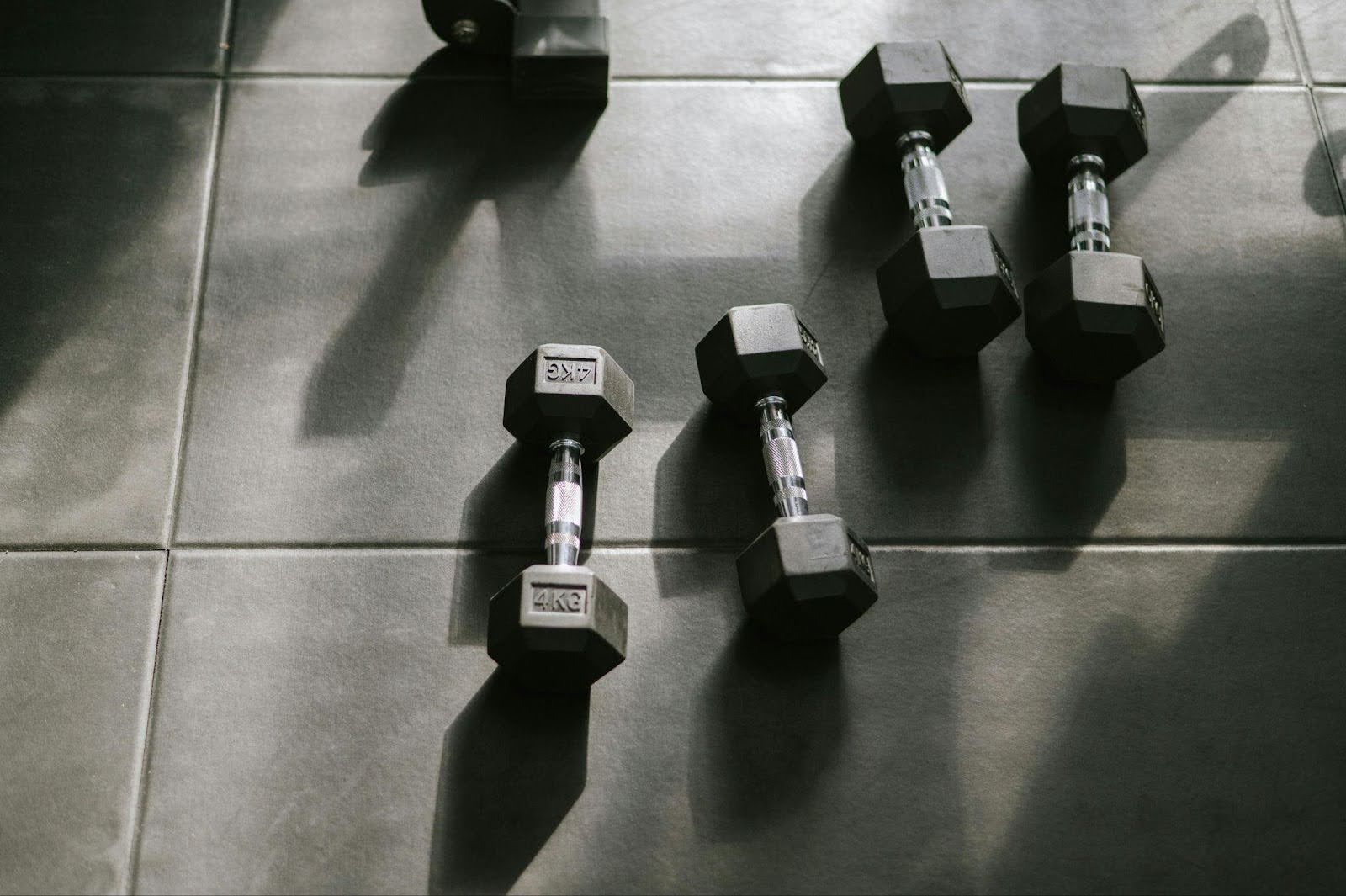
|
Thinking about setting up a home gym, but don’t want to spend a fortune? You’re not alone. A lot of people want to skip the gym memberships, crowded spaces, and long drives. But when you start looking at fitness equipment, the price tags can feel a little overwhelming. The good news? You don’t need a lot of money or space to start getting stronger at home. You just need the right plan—and a few smart purchases.
This guide walks you through the essentials, helps you stay on budget, and gives you simple tips to create a space you’ll actually use. Whether you have a full room or just a small corner, building a home gym is doable—and more affordable than you might think.
1. Start with the Basics: What You Really Need
If you’re just starting out, keep it simple. You don’t need a treadmill, squat rack, and full set of machines to get fit. All you really need are a few basics that give you a lot of options.
Start with a good-quality yoga mat. It gives you a soft, supportive surface for stretches, floor work, and even weights. Add a set of resistance bands—they’re cheap, easy to store, and great for strength training. A jump rope is also a solid pick if you want a cardio boost without buying a machine.
Dumbbells are one of the best pieces of equipment you can get. You can use them for everything from squats to curls to shoulder presses. If you're looking for dumbbells that are durable and beginner-friendly, TKO dumbbells are a great choice to start with. They’re well-made, easy to grip, and available in different weights so you can start light and work your way up. TKO also offers racks to help keep your space neat.
Try to buy just one or two pairs at first. You can always add more as you go. The key is picking gear that helps you train your full body without taking over your entire room—or your bank account.
2. Pick Equipment That Saves Space
Space is one of the biggest challenges when you’re building a home gym. But with the right gear, even small spaces can work. Look for items that are easy to store and don’t take up much room.
A foldable workout bench can be a great add-on when you're ready to do more strength work. These benches tuck away easily when you’re done. You can also find door-frame pull-up bars that don’t need any installation, and resistance bands can be looped and stored in a small bag or drawer.
Dumbbells can take up space if you’re not careful, but a vertical rack helps a lot. You can stack several pairs of weights without spreading them all over the floor. Some racks hold up to eight pairs, and many are compact enough to fit in the corner of a bedroom or garage.
A little organization goes a long way. When your gym gear has a proper place, you’re more likely to use it—and less likely to trip over it.
3. Set a Budget and Stick to It
Before you buy anything, decide how much you want to spend. You don’t have to build your entire gym at once. In fact, it’s better if you don’t. Start with the essentials, and then add more gear when you’re ready.
A simple way to start is by breaking your budget into categories. For example:
• $20–40 for a mat and resistance bands
• $50–100 for a couple pairs of dumbbells
• $100–150 for extra items like a bench or small rack
Once you have a number in mind, stick to it. Look for sales, check out online outlets, and browse used fitness gear groups. A lot of people buy equipment and barely use it—then sell it for way less.
Also, avoid impulse buys. Just because something is on sale doesn’t mean you need it. Make a list of what you actually want and look for deals that match.
4. Choose Multipurpose Items Over Big Machines
It’s easy to fall into the trap of thinking you need a big machine to work out. But most people don’t need a treadmill, rower, or all-in-one home gym to get results. In fact, you can do full-body workouts with just a few well-chosen pieces of gear.
Go for items that offer multiple uses. Resistance bands with door anchors can mimic a cable machine. A stability ball can be used for core work, balance training, and even as a bench. Adjustable dumbbells give you several weights in one.
You can also find tons of free workouts online that show you how to make the most of these tools. From beginner routines to HIIT sessions, you don’t have to spend extra on streaming platforms or programs if you don’t want to.
The goal here is to get strong, not to fill your space with gear you barely use. If you pick smart, you’ll be surprised how far a few tools can take you.
5. Keep Safety and Comfort in Mind
When you're working out at home, safety matters. It’s tempting to grab heavy weights or try advanced moves, but it’s more important to learn proper form and stay injury-free.
Start with lighter weights and take your time. Don’t rush into high-impact moves or exercises you’ve never done before. Use mirrors or record yourself to check your posture. If something feels off, stop and reset.
Adding a padded mat to your floor can help cushion your joints and protect your knees, especially during bodyweight moves or stretching. Make sure you have enough space to move freely, and always keep water nearby.
Also, don’t forget to warm up before your workout and cool down after. A few minutes of light movement before and some stretching after can go a long way.
Fitness should feel good. If anything hurts in the wrong way, listen to your body and ease up. You don’t need to push through pain to make progress.
Building your home gym doesn’t have to be complicated or expensive. You just need the basics, a little planning, and a willingness to start small. With tools like a mat, resistance bands, and a couple of dumbbells, you can get in a solid workout from the comfort of your home.
Remember, you don’t need to buy everything at once. Focus on what fits your space and budget right now. Add more gear when you're ready. The most important part is using the space consistently and making it work for your lifestyle.
A home gym is what you make it—and it doesn’t need to cost a lot to make a big difference.







